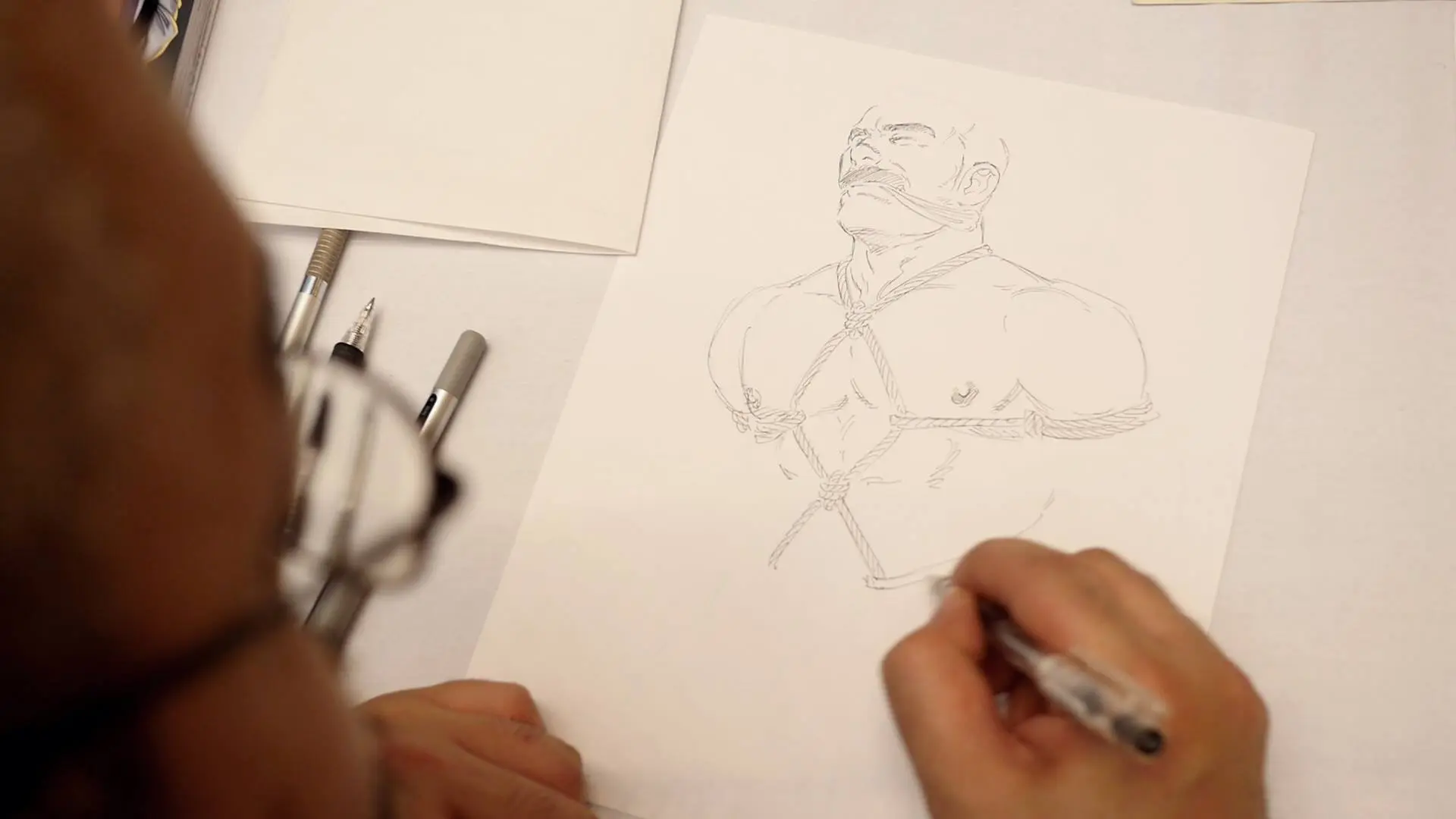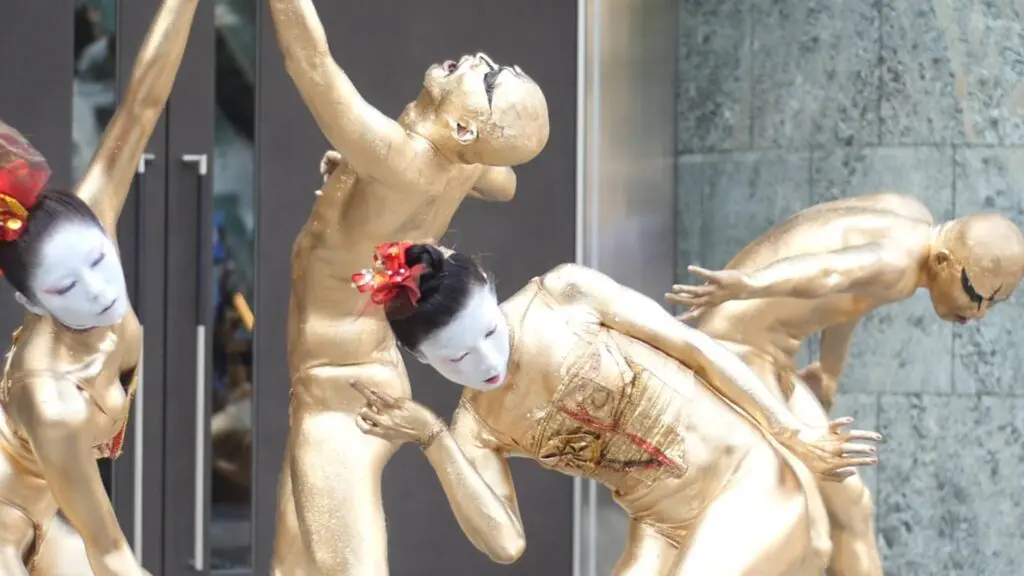Summary
Broad and eye-opening visual and interview-based tour of LGBTQ people and issues across Japan. Covers a wide range beautifully and respectfully, but perhaps with insufficient depth or scrutiny.
It’s easy to assume that LGBTQ+ issues, and how people respond to them, are the same everywhere; well, perhaps not assume, but rather not consider the differences. I was surprised to find just how eye-opening Queer Japan was. At first, what struck me was the sheer and varied beauty of Graham Kolbeins’ documentary, and then gradually the resilience and individuality of the subjects themselves shone through more.
Queer Japan is essentially a tour of that country – cities and small towns – focusing on interviews and showcases of a huge range of people across the whole Gender and Sexual Minority (GSM) spectrum. They talk about themselves, how comfortable and open they are regarding their identity, they talk about their jobs, their work, and some of the social context that they find themselves in. For the most part, these subjects are creative people (artists, dancers, nightclub managers, drag performers, etc.) though there is also a trans politician, a sign-language interpreter, and someone who works in a phone repair shop. I don’t know if it is because the queer people in more mainstream jobs don’t find it so easy to be visible, because queer people in Japan feel a particular urge to express themselves, or a bit of both.
Neither would surprise me, considering what I learned about Japanese society; the eye-opening aspect I mentioned earlier. The various LGBTQ+ subcultures and expressions may be surprising to some, but for me, it was finding out that it only became possible to legally change one’s gender very recently (and only with five strict conditions), that “lesbian” or “gay” are not available in sign language, that there is no legal recognition of same-sex relationships, and how the repression of sexual variation only came about since Christian/Western influence took hold. It’s understandable if people who openly call themselves misfits or “hentai” (sexually abnormal) naturally strain against chains like these in order to just be themselves.
 As well as featuring many flamboyant costumes and beautiful artwork, etc., Queer Japan is beautifully filmed too. Performances – even the strangest – are captured gracefully, and insights from every individual are treated with respect. Brightly colored text (in both English and Japanese) introduced each contributor and was also offered to translate some words unique to Japanese culture. (That said, I sometimes felt that even some English words could have benefited from being explained or defined if Queer Japan is to be enjoyed by a non-queer audience, as it’s easy to forget that some of our vocabulary is jargon.)
As well as featuring many flamboyant costumes and beautiful artwork, etc., Queer Japan is beautifully filmed too. Performances – even the strangest – are captured gracefully, and insights from every individual are treated with respect. Brightly colored text (in both English and Japanese) introduced each contributor and was also offered to translate some words unique to Japanese culture. (That said, I sometimes felt that even some English words could have benefited from being explained or defined if Queer Japan is to be enjoyed by a non-queer audience, as it’s easy to forget that some of our vocabulary is jargon.)
The only significant issue I had with Queer Japan was that – interesting and colorful though it was – it felt long. Perhaps this is because there was no obvious structure to the documentary, no sections or variation in pace. I have wondered whether it could have been more successful, and given a little more depth, if it was produced as a series made of short episodes. But that might defeat one of the objects of the people featured: dividing the subjects into sections or episodes would be the same as putting them into boxes… and a recurring theme seemed to be how resistant people were to labels.
Queer Japan was screened as part of CineQ x SHOUT festival in Birmingham, UK, and will be released on 11 December 2020.




